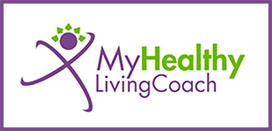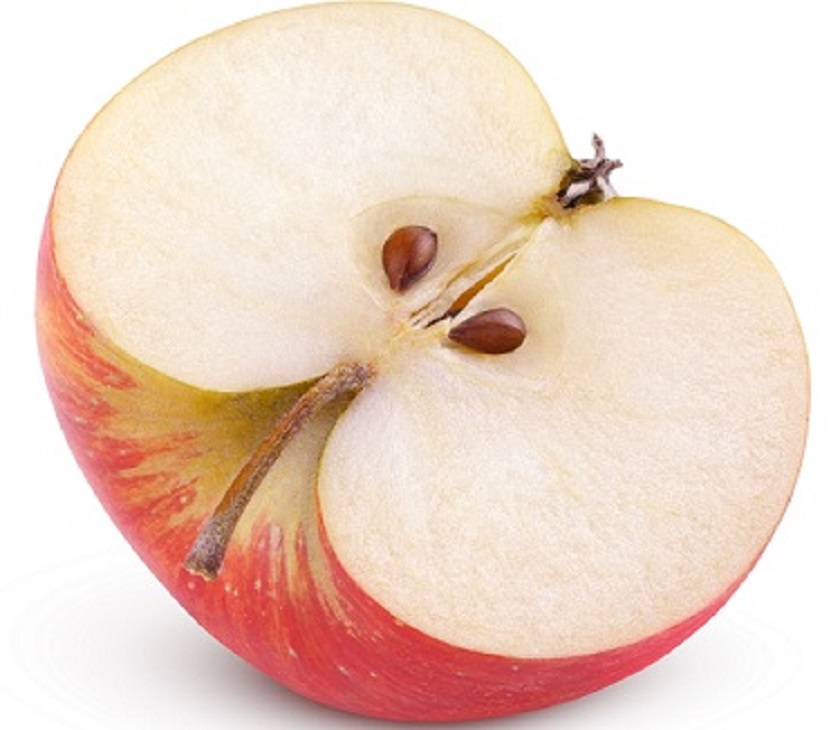Effective exercising is all about form. Two people can do the exact same workout and have completely different results depending on how they move through the routine. An often overlooked but very important aspect of effective exercise form is proper breathing. Like everything else in life, breath is the beginning and the end. Of course we are always breathing or we would no longer be alive. But how we breathe affects everything, especially when doing something strenuous like exercising.
Wide Mouth Wonder
As babies we start out breathing through our noses. But over time many people start to breathe through their mouths, especially when exerting. At first, mouth breathing might seem like the way to go when we are exercising. There is less resistance because we are drawing the air through a larger orifice. Mouth breathing allows us to take in more air at a time, and so we feel like we are getting more breath. Many running professionals advocate mouth breathing because it seems to allow for more oxygen intake, because there is faster and bigger airflow.
But while it is an easy habit to fall into, mouth breathing is actually less efficient than nose breathing. It can lead to hyperventilation, where we get sufficient air but do not have the proper oxygen/carbon dioxide balance and become lightheaded or pass out.
Mouth breathing causes us to bring in excess air, which can trigger the body into a sympathetic nervous system fight-or-flight response. Taking in excess air can also cause hypertension.
The increased rate of carbon dioxide loss caused by mouth breathing spurs the production of more mucous, in an effort to hold on to the remaining carbon dioxide. This slows down the breath and causes the arteries and blood vessels to constrict. This in turn reduces the efficiency of oxygen consumption, and makes us breathe more heavily to make up for the constrictions.
There are certain times when exhaling through the mouth is advised, such as during some Pilates exercises because it can increase core strengthening. But on the whole mouth breathing does not support effective exercising.
The Nose Knows
Breathing through the nose is the most efficient way to breathe when exercising. It is not the easiest, and if you have grown accustomed to breathing through your mouth it may take some effort to retrain yourself, but it is worth it.
Actually slowing down the rate of inhalation and exhalation by breathing through the nose is a positive thing. It helps maintain the optimal oxygen/carbon dioxide ratio, which is important for both the body and the brain. Inhaling through the nose allows time for the oxygen to reach all of the organs in the body. It also warms the air before it enters your lungs, protecting them from chill. And the nose has filtration mechanisms that protect your lungs and bloodstream from bacteria, dust, allergens, smoke and other small particles you do not want in your body.
Breathing through the nose brings more oxygen into our cells than mouth breathing, not less. This increased oxidation reduces acidity in the body, which can enhance athletic performance and improve recovery.
You can try it right now to feel the difference between the two types of breathing. Take ten breaths through your mouth, and then ten breaths through your nose. Notice how you feel after each set. Chances are the nose breathing will make you feel calmer and more at ease.
The Deep Breath
Even more important than the distinction between mouth and nose breathing is the difference between shallow and deep breathing. While there is some division amongst fitness experts about what orifice to breathe through, everyone agrees that diaphragmatic breathing is essential for health and performance.
When you only breathe shallowly while exercising you do not bring in as much oxygen as your body needs to fuel your activity. This inhibits performance, increases lactic acid production, and cause more muscle cramping and fatigue.
Diaphragmatic breathing can increase stamina, concentration, performance, and recovery. To breathe diaphragmatically, relax the chest and shoulders and draw your breath down into your lower abdomen. Feel your abdomen expand in all directions as you inhale and contract as you exhale. Your chest and shoulders should remain relatively still.
Breathing is often an overlooked component of exercising. But in many ways it is one of the most important. It is common for people to breathe through the mouth while they are doing strenuous activity. But breathing through the mouth decreases the efficiency of our workouts and can even stress out the body. To ensure the optimal oxygen balance and the most effective workouts possible, breathe through your nose. And remember to breathe deeply and fully, using your diaphragm and feeling your entire abdomen involved in the breathing process.








